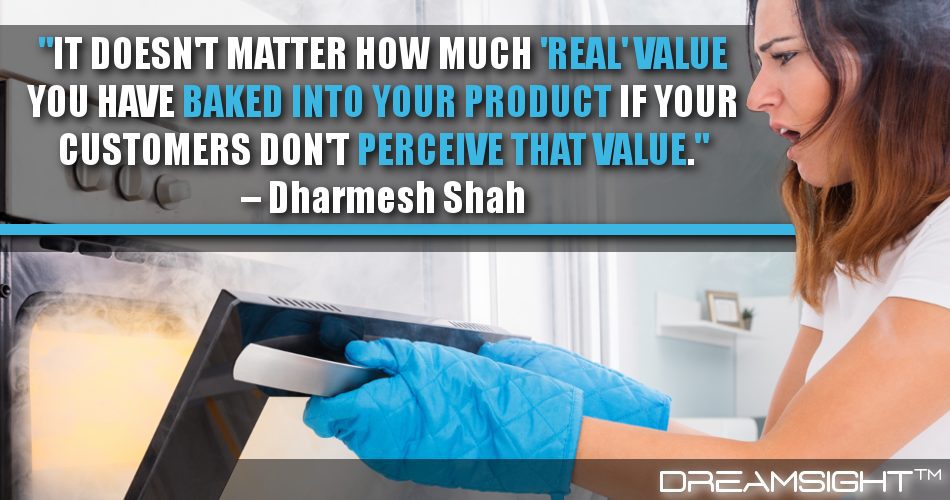It Doesn’t Matter How Much ‘Real’ (Objective) Value You Have Baked Into Your Product If Your Customers Don’t Perceive That Value

Value Marketing Quotes By #MarketingDreams.
In the business world today, creating a product with great features is not enough to succeed. Companies spend lots of time and money making products that have real value. But there’s something even more crucial for their success: how customers see the value in what they’re selling.
While the actual value of a product matters, what customers think about it is what really counts. In this article, we’ll explore why customers’ opinions about a product’s value are more important than its actual worth. We’ll also look at how businesses can use this knowledge to do well in a competitive market.
Understanding Customer Value Perception:
Customer value perception means how customers see and judge the benefits of a product compared to its price, features, and performance. It’s a personal view, influenced by things like preferences, emotions, and past experiences. A product’s true value is only understood when customers recognize and appreciate how it helps them.
The Perception Paradox:
The perception paradox is when a product’s real value doesn’t match what customers think about it. Businesses might spend a lot to make a product with advanced features and materials, thinking it will make customers happy. But they forget that what customers feel and want matter more than just having impressive features.
In truth, a product’s real value is essential, but customers’ emotions and how well it meets their needs are what drive them to buy it. If customers don’t see the value in a product, they won’t want to buy it, even if it has great features.
Factors Influencing Customer Value Perception:
A. Marketing and Branding: Good marketing and branding can affect how customers see a product’s value. If a product’s benefits are shown clearly, solving their problems, and matching their values, they will find it more desirable.
B. User Experience: How easy and enjoyable it is to use a product affects what customers think about it. If everything from buying to using the product is smooth, customers will see more value in it.
C. Social Proof: When customers see positive reviews, testimonials, and recommendations from others, they will trust the product more and see it as more valuable.
D. Competition: Customers often compare products with similar features before buying. How a product measures up against its competitors influences how much value customers see in it.
Building Perceived Value:
To make customers see the value in a product, businesses must put customers first. Here are some ways to do it:
A. Customer Research: Find out what your target customers need and like through research. Then, make your product match their preferences and needs.
B. Effective Communication: Use clear and convincing messages to tell customers why your product is unique and beneficial. Connect with them emotionally through your messages.
C. Customer Feedback: Listen to what your customers say about your product and make improvements based on their suggestions. Engage with them on social media and address their concerns.
D. Influencer Marketing: Work with influencers and experts in your field to promote your product. This will make your product seem more credible and valuable.
Conclusion:
In the fast-paced business world, how customers see a product’s value is what matters most. Businesses need to understand the perception paradox and focus on customers to succeed. By doing so, they can make their products more valuable in customers’ eyes, gain their loyalty, and thrive in a competitive market. Remember, it’s not just about what your product offers; it’s about how customers see the value it brings to their lives.








